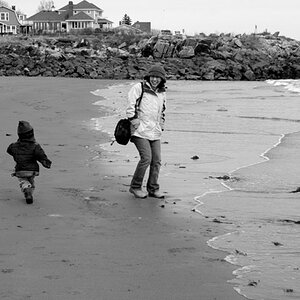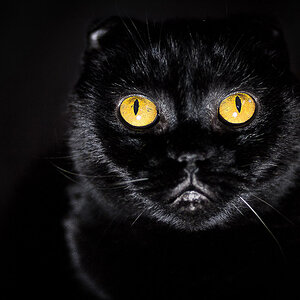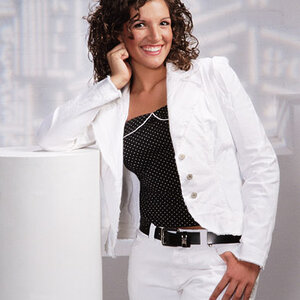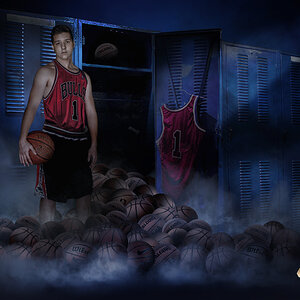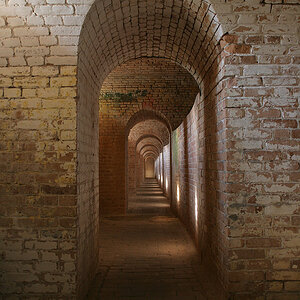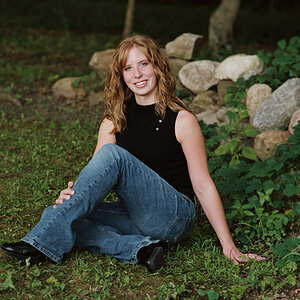I made my first prints, ever. I set up all my darkroom equipment temporarily in my bathroom, made it as light tight as possible and went at it. I was doing everything from memory of what I have studied, and I'm both happy and a little discouraged. Even though I only really made three prints, it was A LOT of fun to do. Watching the image appear before your eye, I enjoyed that greatly.
1. Anyways, I have a few questions, of course. I poured my developer after use back into it's bottle. How many prints should it be good for? I only developed three.
2. I used my fingers instead of tongs. Is this the wrong way? I had a pair of tongs, tried it, and it was much harder to grab the prints. Is it ok to touch the print with your fingers at all?
3. All my chemicals were at around 66 degrees F /19 degrees C. This was by just letting them sit at room temperature. Is this too low?
4. I'm thinking of investing in a grain magnifier. How much easier does it make focusing?
5. Enlarger filters for contrast, definitely needed? I have a negative photograph of black text over a white background, yet when I printed it, the background was more of a grey. Will contrast filters help me here?
Thanks in advance... I'm learning :hail:
1. Anyways, I have a few questions, of course. I poured my developer after use back into it's bottle. How many prints should it be good for? I only developed three.
2. I used my fingers instead of tongs. Is this the wrong way? I had a pair of tongs, tried it, and it was much harder to grab the prints. Is it ok to touch the print with your fingers at all?
3. All my chemicals were at around 66 degrees F /19 degrees C. This was by just letting them sit at room temperature. Is this too low?
4. I'm thinking of investing in a grain magnifier. How much easier does it make focusing?
5. Enlarger filters for contrast, definitely needed? I have a negative photograph of black text over a white background, yet when I printed it, the background was more of a grey. Will contrast filters help me here?
Thanks in advance... I'm learning :hail:


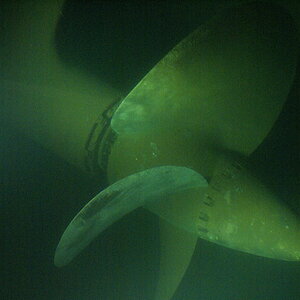
![[No title]](/data/xfmg/thumbnail/39/39511-592cbd68b1d797ffce7e41e4fbfed890.jpg?1619739066)
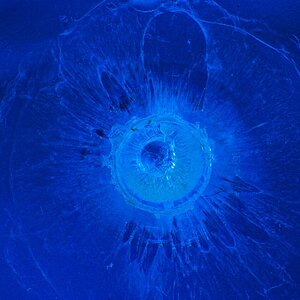

![[No title]](/data/xfmg/thumbnail/31/31741-ad9747739b48f0eb100f953fdf764930.jpg?1619734985)
![[No title]](/data/xfmg/thumbnail/38/38747-bbe463248feefb7affb6b5e00efb70c6.jpg?1619738704)
